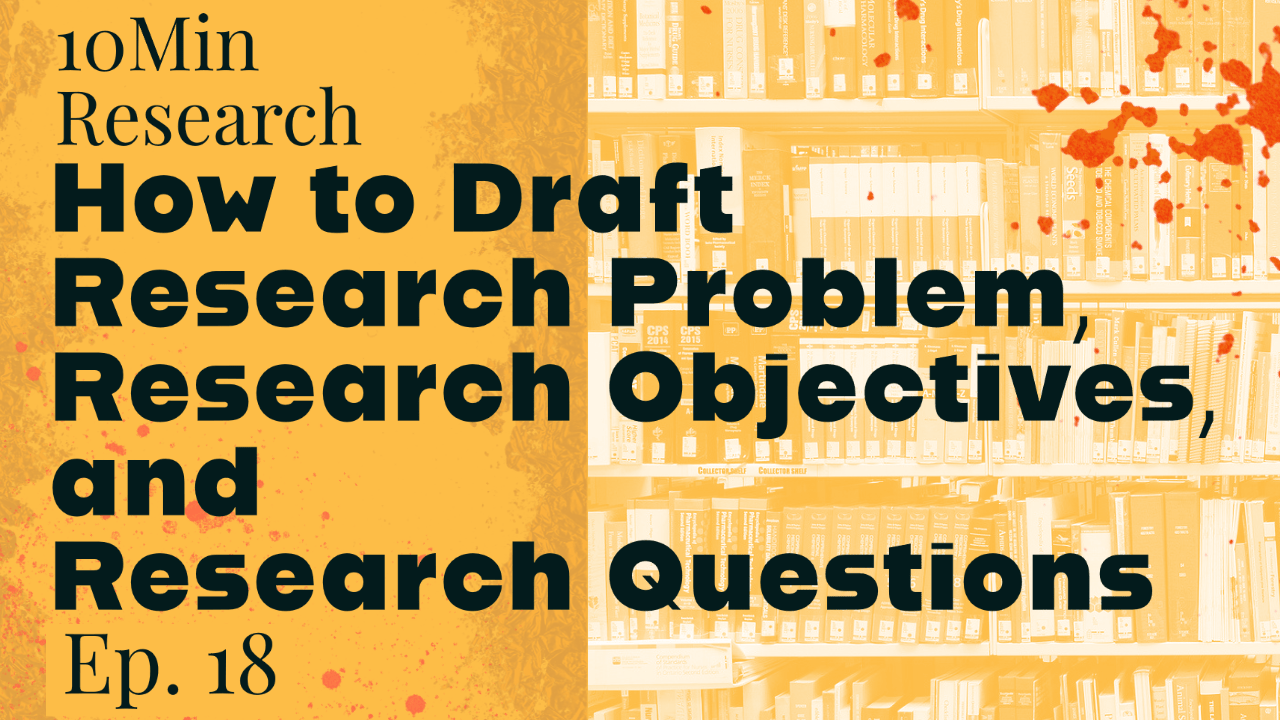Drafting Research Problem, Research Objectives, and Research Questions
In a preceding session, a comprehensive model was developed, and in the subsequent refinement of this model, a dedicated problem statement was formulated. To illustrate the intricacies of crafting a problem statement, a template was employed, beginning with the directive, “to ascertain the extent to which.” Within this framework, the independent variable, namely servant leadership, was identified, impacting the dependent variable—environmental behavior. Further elucidation included the mediating variables, encompassing green identity, green empowerment, green trust, and green climate, and the moderating variable, denoted as green locus of control.
Moving forward, envisioning the application in the education sector, the problem statement was contextualized. Emphasis was placed on the imperative preliminary steps, including establishing a robust background of the study, highlighting the value and significance of the variables, expounding on relationship dynamics, referencing existing research, identifying research gaps, and culminating in the concise formulation of the problem statement.
Subsequently, the transmutation of the problem statement into tangible research objectives and questions was elucidated. Drawing from the example of servant leadership’s impact on environmental behavior, a research objective emerged: “to assess the impact of servant leadership on environmental behavior.” Correspondingly, the research question took form: “Is there a significant impact of servant leadership on environmental behavior?” This structure, involving explicit and outcome-oriented verbs, was recommended for clarity and precision.
Further diversification of the research objectives involved exploring the mediating role of green identity in the relationship between servant leadership and environmental behavior. This main research objective was subdivided into three sub-objectives: discovering the impact of servant leadership on green identity, discerning the influence of green identity on environmental behavior, and evaluating the impact of servant leadership on environmental behavior.
This meticulous breakdown demonstrated the transformation of a singular mediating objective into a comprehensive set of sub-objectives, ensuring a nuanced exploration of the research domain. The same principles were applicable to research questions, fostering a structured and outcome-focused inquiry.
In conclusion, this tutorial aimed to enhance your understanding of the sequential process—initiating from problem statement formulation and progressing through research objectives and questions. The session underscored the importance of clarity, specificity, and thorough background exploration in the pursuit of meaningful and impactful research. Thank you for your attention.
